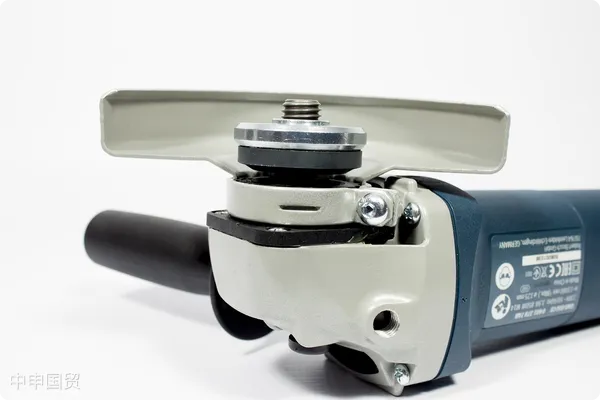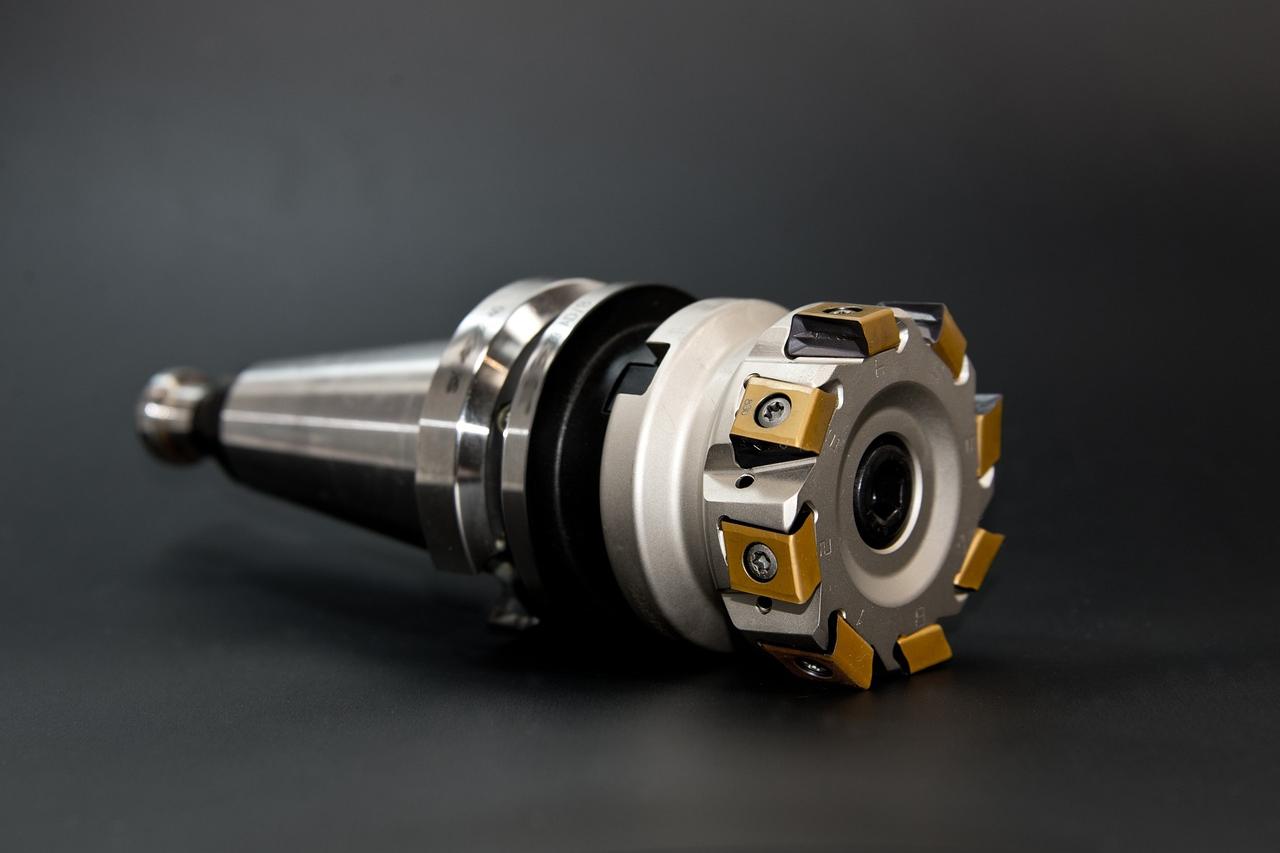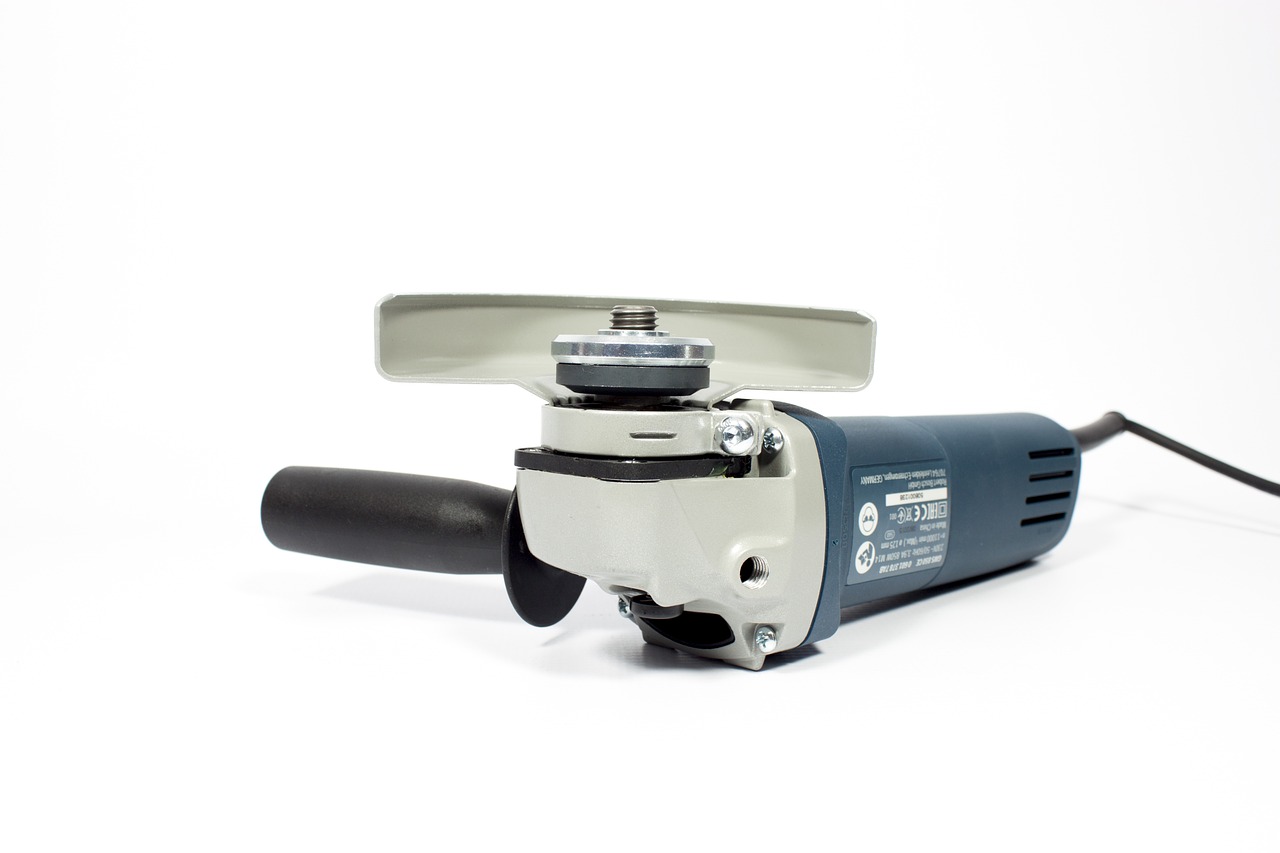- Shanghai Zhongshen International Trade Co., Ltd. - Two decades of trade agency expertise.
- Service Hotline: 139 1787 2118

In recent years, with the intelligent upgrade of the global manufacturing industry and the expansion of investment in the US infrastructure and other fields, the export demand for precision measuring tools (such as laser rangefinders, coordinate measuring machines, industrial sensors, etc.) to the United States has continued to grow. However, as one of the markets with the strictest trade compliance supervision in the world, the US import policies have extremely complex requirements for product certification, tariff classification, rules of origin, etc. For small and medium - sized enterprises lacking experience, there are relatively high risks in independently completing the entire export process. This article will provide professional interpretations for export enterprises from three aspects: the core points of policies, common risks and the value of agency services.New energyI. Analysis of the Core Points of US Import Policies
II. Common Risk Cases of Export Enterprises
1.Measuring tools need to determine the commodity code according to the Harmonized Tariff Schedule of the United States (HTSUS), and the tax rates vary significantly for different categories. For example:
Hand - held laser rangefinder (HTS 9015.80.0080) has an applicable tax rate of 2.5%;
- Industrial high - precision coordinate measuring machine (HTS 9031.80.0000) has a tax rate of 0%;
- Some Chinese - origin commodities subject to the Section 301 Tariff may be additionally levied a tariff of 7.5% - 25%.
- : Professional teams can help enterprises reasonably reduce tax burdens through HTS pre - classification and origin optimization (such as or assembly in a third country).
Value of Agency Services: Mandatory Certification RequirementsEntrepot Trade: All measuring equipment with radio frequency functions (such as Bluetooth rangefinders) must pass the FCC Part 15 test;
2.: Electric tools need to be issued with a safety certification by a laboratory recognized by OSHA (such as UL, ETL);
- FCC certification: Instruments related to energy consumption need to comply with relevant EPA regulations.
- NRTL certification: Since 2023, the US Customs detention rate for goods without certification labels has increased by 30%, and non - compliant enterprises may face return of goods or fines.
- EPA energy efficiency standards: Rules of Origin and Supply Chain Review
Risk Warnings: The USs import restrictions on Made in China products continue to increase. Enterprises need to provide complete supply chain documents (such as BOM tables, processing flowcharts) to prove that the products are not on the entity list. Agency agencies can avoid trade sanction risks in advance through the origin pre - review service.
3.High - value Tax Recovery Caused by Incorrect Commodity Classification
When a company exported industrial sensors, it misused the 9014 category code (tax rate 1.5%), and it should actually be classified into the 9031 category (tax rate 0%). After a customs inspection, the company was required to pay back taxes and late fees for three years, with a loss of over $200,000.
III. Full - process Empowerment of Professional Agency Services
1.Return Crisis Caused by Lack of Certification
In 2022, 500 laser rangefinders exported by a company in Shenzhen were all detained by the Los Angeles Customs because they did not obtain the FCC - ID certification. Eventually, after paying the certification fee and warehousing costs, they were sold at a discounted price in the Mexican market.
2.Intellectual Property Infringement Dispute
US brands such as FLUKE and BOSCH have a tight patent layout for measuring tools. OEM enterprises may face a Section 337 investigation if they do not review the authorization qualifications of their customers.
3.Establishment of Customs Compliance System
Assist enterprises in establishing an HTS database and origin management system;
Tariff Classification and Tax Rate Confirmation
1.Accelerated Channel for Certification and Testing
- Cooperate with local US laboratories to shorten the FCC/UL certification cycle (as fast as 15 working days);
- Provide tariff preference plans under free trade agreements such as RCEP and MCAC.
2.Pre - review the compliance of product labels and instructions to avoid format - based return of goods.
- Risk Control and Dispute Resolution
- Pre - declaration (PA) service reduces the inspection rate;
3.Risk control and dispute resolution
- Pre - declaration (PA) service reduces the inspection rate;
- Handle FDA customs detention and intellectual property disputes in conjunction with US customs clearance lawyers.
4.Supply Chain Cost Optimization
- Integrate first - leg logistics, overseas warehouse and terminal distribution resources, shortening the customs clearance time on the US West Coast to within 72 hours.
- Reduce after - sales repair costs through the bonded repair model.
IV. Industry Trends and Upgrades of Agency Services
Currently, two new trends are emerging in the US market:
1.The requirement of supply chain near - shoring: Some state governments give priority to purchasing measuring tools assembled in Mexico/Canada. The agency can assist customers in laying out the industrial belt in the US, Mexico and Canada.
2.EPA environmental regulations upgrade: Starting from 2024, battery - type measuring equipment needs to comply with the new TSCA heavy metal restriction standards, and the compliance cost is expected to increase by 12%.
Choosing an agency company with dual - customs - clearance qualifications in China and the US and a localized service network will be a key strategy for enterprises to break through trade barriers and increase profit margins.
Conclusion
Measuring toolsfor containers exported to the USThe compliance threshold continues to rise, but the market demand remains strong.foreign tradeEnterprises need to leverage professional agency services to transform policy risks into competitive barriers. If you need to obtain a customized export plan or the latest HTS tax rate inquiry, please feel free to contact our trade compliance expert team.
Related Recommendations
? 2025. All Rights Reserved. Shanghai ICP No. 2023007705-2  PSB Record: Shanghai No.31011502009912
PSB Record: Shanghai No.31011502009912










